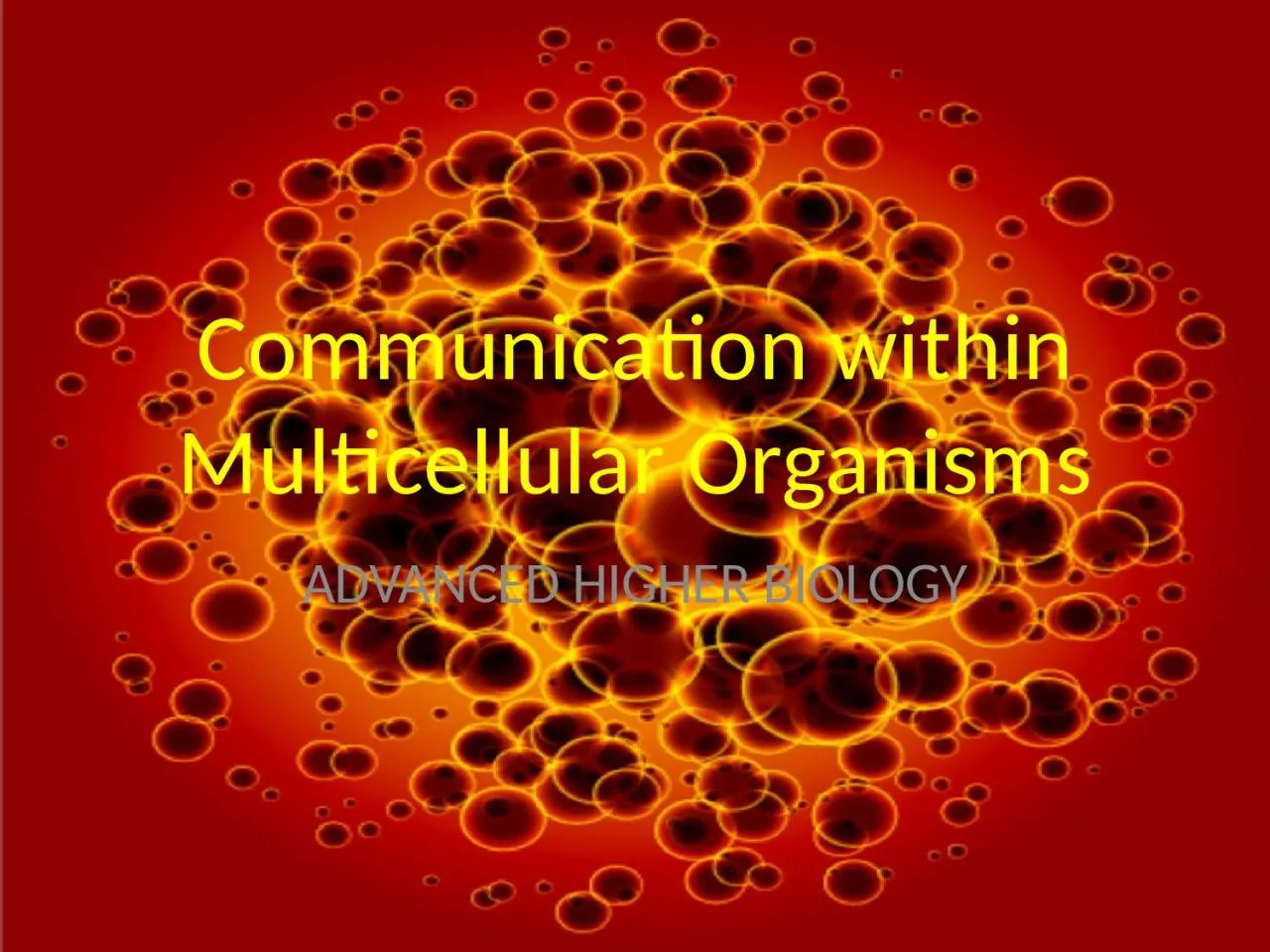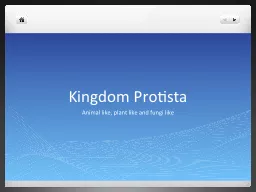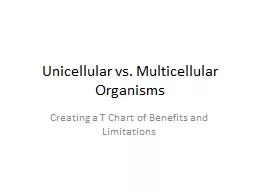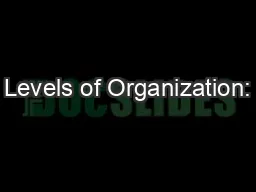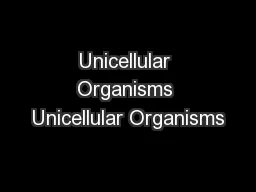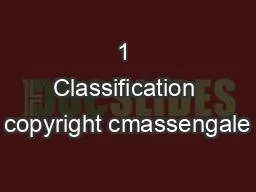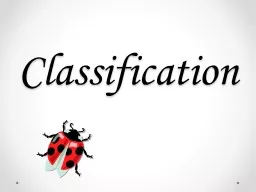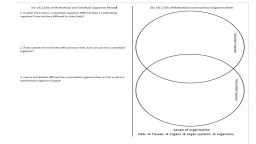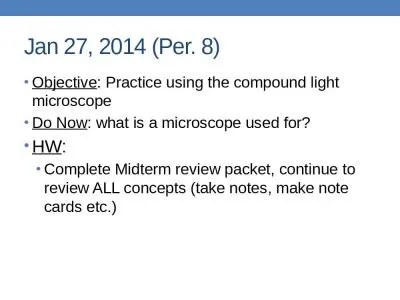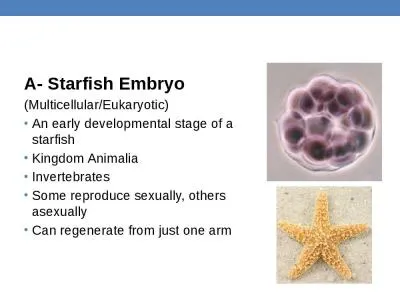PPT-Communication within Multicellular Organisms
Author : Hulksmash | Published Date : 2022-08-01
ADVANCED HIGHER BIOLOGY COORDINATION Receptor molecules of target cells are proteins with a binding site for a specific signal molecule Binding changes the conformation
Presentation Embed Code
Download Presentation
Download Presentation The PPT/PDF document "Communication within Multicellular Organ..." is the property of its rightful owner. Permission is granted to download and print the materials on this website for personal, non-commercial use only, and to display it on your personal computer provided you do not modify the materials and that you retain all copyright notices contained in the materials. By downloading content from our website, you accept the terms of this agreement.
Communication within Multicellular Organisms: Transcript
Download Rules Of Document
"Communication within Multicellular Organisms"The content belongs to its owner. You may download and print it for personal use, without modification, and keep all copyright notices. By downloading, you agree to these terms.
Related Documents

